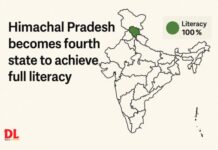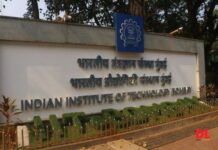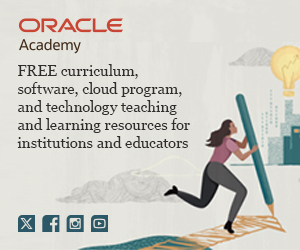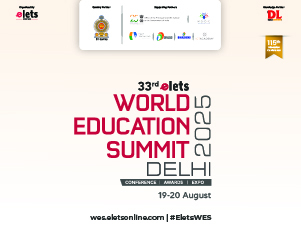'India is a big market of talented students for us. Their number has considerably increased. I do not think recession can stop Indian students from coming to New Zealand,' said Cliff Fuller, New Zealand's trade commissioner in India. According to Fuller, the percentage of Indian students enrolling in New Zealand institutes has increased nearly 300 % in the last six years. 'In 1998, only 150 Indian students enrolled. This figure rose to 1,500 in 2002. In 2008, we registered 6,000 new enrolments from India,' said Fuller. He said it was difficult to give the exact number of Indian students in New Zealand. 'We have the number of newly-enrolled students. It is very difficult to tell the exact number of Indian students studying there.' He said Punjab was the biggest market for New Zealand institutes.
Education contributed substantially in the economy of New Zealand as it figured among the top five contributors to the country's economy. Fuller said bilateral trade between India and New Zealand was nearly NZ$500 million per year now. 'There is a vast potential to increase business in the fields of IT, software, industrial exports and CNG industry.' Fuller was in the city to participate in the education fair organised by New Zealand Trade and Enterprise (NZTE) and Education New Zealand, a government-funded organisation. Around 25 New Zealand institutes participated in the fair. 'The best part of our education is that we also grant a one-year search visa, which is generally not available in case of other countries. After getting a job, one can also apply for two-year work permit,' said Chris Bond, a representative of a management institute in Wellington.



















